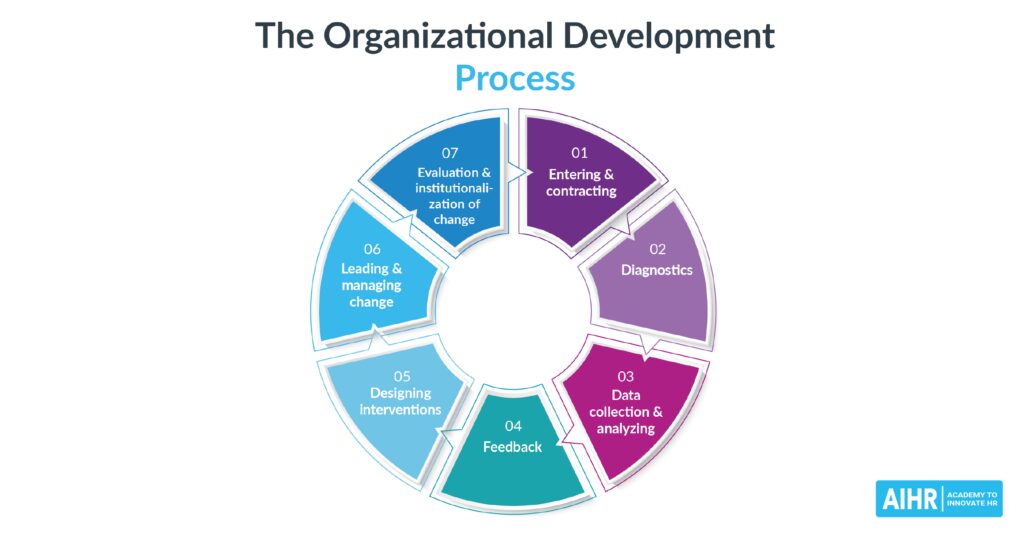Game designers must adapt to new technology, changing trends and player behavior, increasing competition and consumer expectations to stay relevant in a dynamic gaming industry. Digital gaming is at the forefront of technological advancements and new hardware, software, and platforms necessitate innovative games to meet evolving player demands. Understanding trends such as the rise of esports and mobile gaming is critical, as is embracing competition and developing unique and collaborative approaches to game design. Meeting consumer expectations requires market research and feedback, with successful game designers staying ahead of the curve for success in the gaming industry.
Adapting to change: How game designers stay relevant in the dynamic gaming industry
The gaming industry is constantly evolving, making it important for game designers to keep up with the change to stay relevant. Game designers must develop new strategies to attract players while still ensuring that they cater to the needs of the existing players.
The Significance of Adapting to Change
Adapting to change is crucial to surviving in the gaming industry. Some of the things that game designers need to adapt to include:
- New technology
- Changing trends and player behavior
- Increasing competition
- Consumer expectations
Digital gaming is at the forefront of technological advancements, and game designers must keep pace with new changes. Players expect the latest features and technologies, and staying up to date with technological advancements ensures game designers produce games that meet these demands.
It is also important to take note of changing trends and player behavior. Understanding players’ interests and preferences is the first step in creating games players will love. With increasing competition in the gaming industry, game designers must create new and innovative games that keep players engaged.
Keeping Up with Technology Changes
Technology advancements are the driving force of the gaming industry. Game designers must stay abreast of new technology changes, including:
- New hardware
- New software
- New platforms
New hardware, such as virtual reality headsets and cloud gaming technology, provide new opportunities to create innovative games. Game designers must develop games that incorporate these advancements and provide an exceptional gaming experience to players.
Keeping up with software changes is also important. Game designers must have the necessary skills to work with the newest software and update old games with new software changes. If a designer does not know how to use the latest software, it will be challenging to create games that meet players’ expectations.
Finally, game designers must keep up with new platforms. The most significant challenge is designing games for different platforms while still ensuring an identical playing experience across all platforms. Game designers must develop games that run seamlessly on all platforms.
Adapting to Changing Trends and Player Behavior
Successful game designers take note of changing trends and develop games that appeal to the player’s interests.
One of the significant trends is the rise of esports. Game designers must develop games that can be played competitively. This includes games that allow players to compete both online and in person. Battle royale games, such as Fortnite, are popular esports games because of their competitive nature.
Another essential trend in the gaming industry is the popularity of mobile gaming. Game designers must create engaging games that work well on mobile devices while still providing an enjoyable gaming experience. The trend towards mobile gaming has made it necessary for developers to use a different design approach for mobile devices.
Embracing Competition
Competition in the gaming industry is increasing, and game designers must embrace it. Staying ahead of the competition requires game designers to create unique and innovative games.
One way game designers can stay ahead of the competition is to use a collaborative approach. Working with other game designers or companies can be beneficial in creating new and innovative games that have not been seen before. Game designers must embrace competition and work together to provide the best gaming experience possible.
Meeting Consumer Expectations
Game designers must provide consumers with what they want. Designing a game that doesn’t meet consumer expectations will not be successful in the gaming industry.
Understanding consumer expectations requires market research. Game designers must understand the target audience for their games to ensure they create games that meet their needs. Game designers can use feedback from consumers to improve existing games and develop new games.
Conclusion
The gaming industry is continuously evolving, and game designers must adapt to remain relevant. Adapting to new technology, understanding changing trends and player behavior, embracing competition, and meeting consumer expectations are critical to success in the gaming industry. Staying ahead of the curve separates successful game designers from those who fall behind in this dynamic industry.
